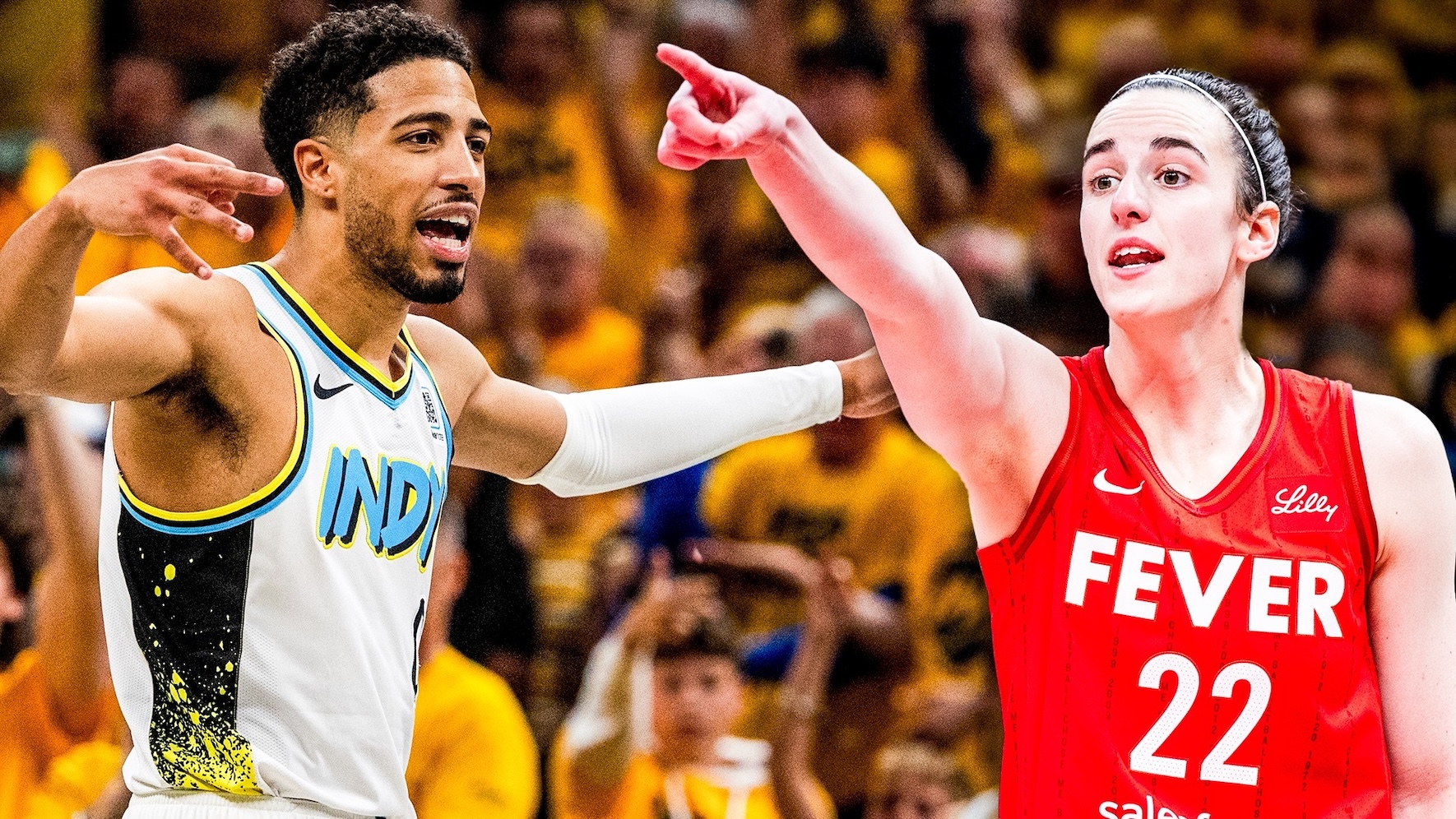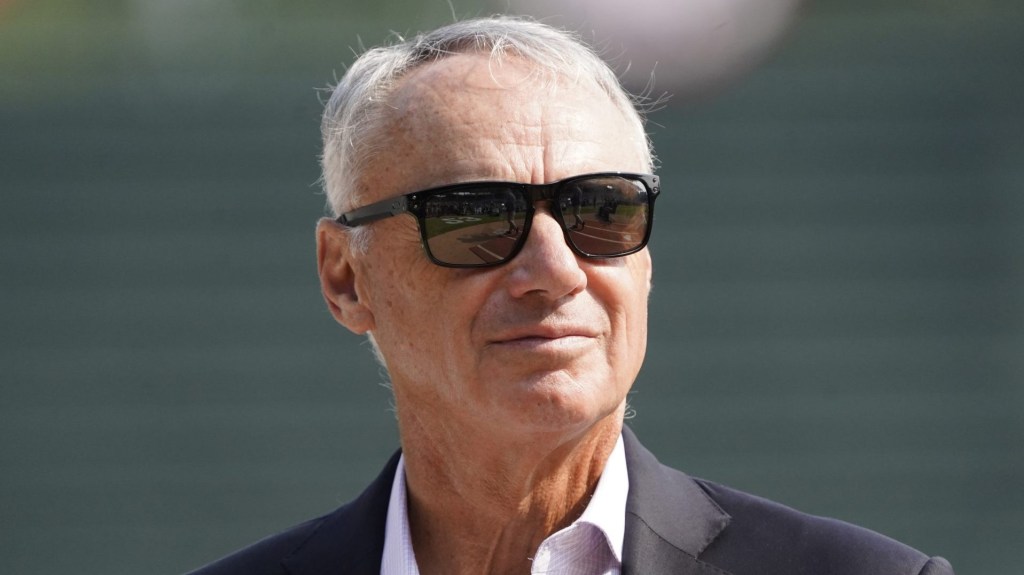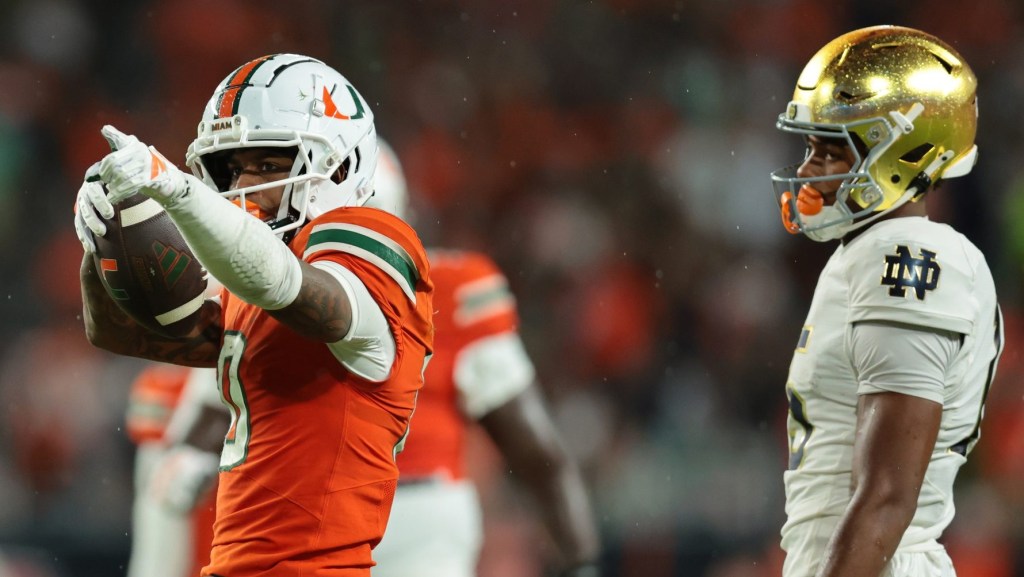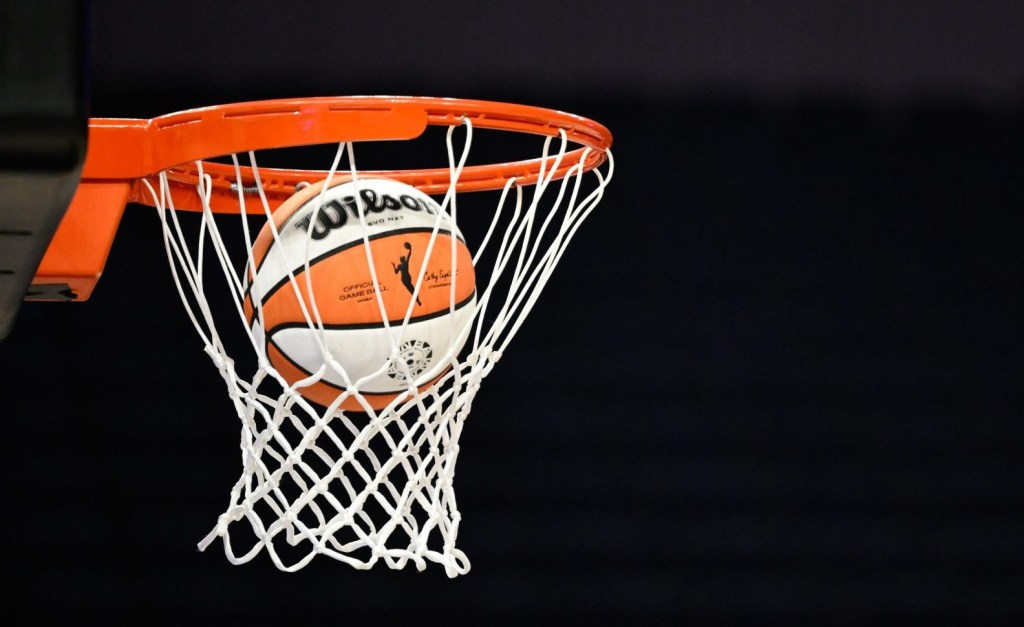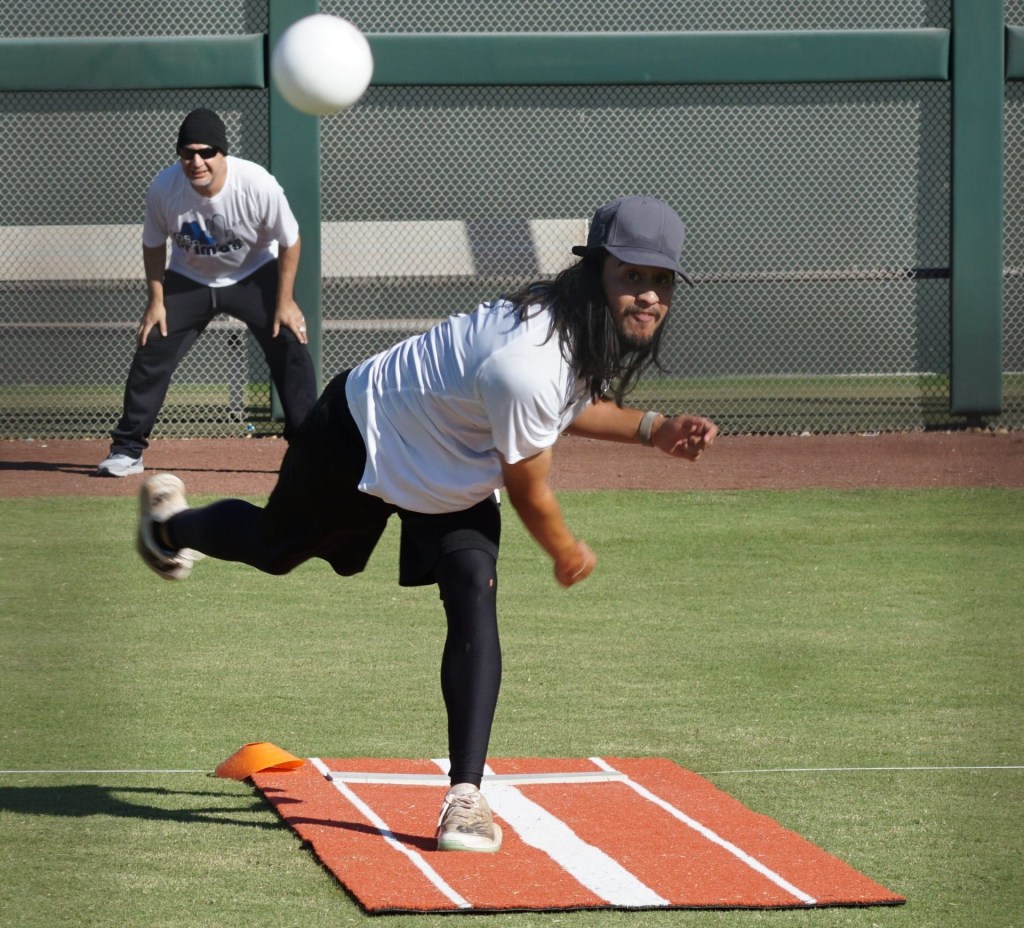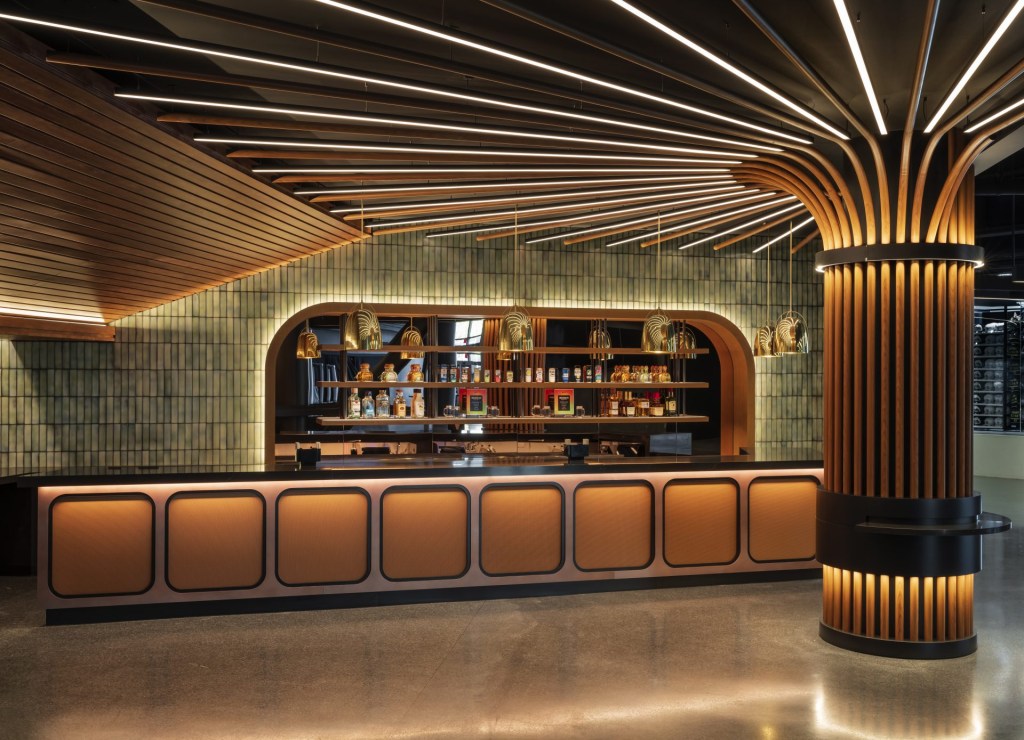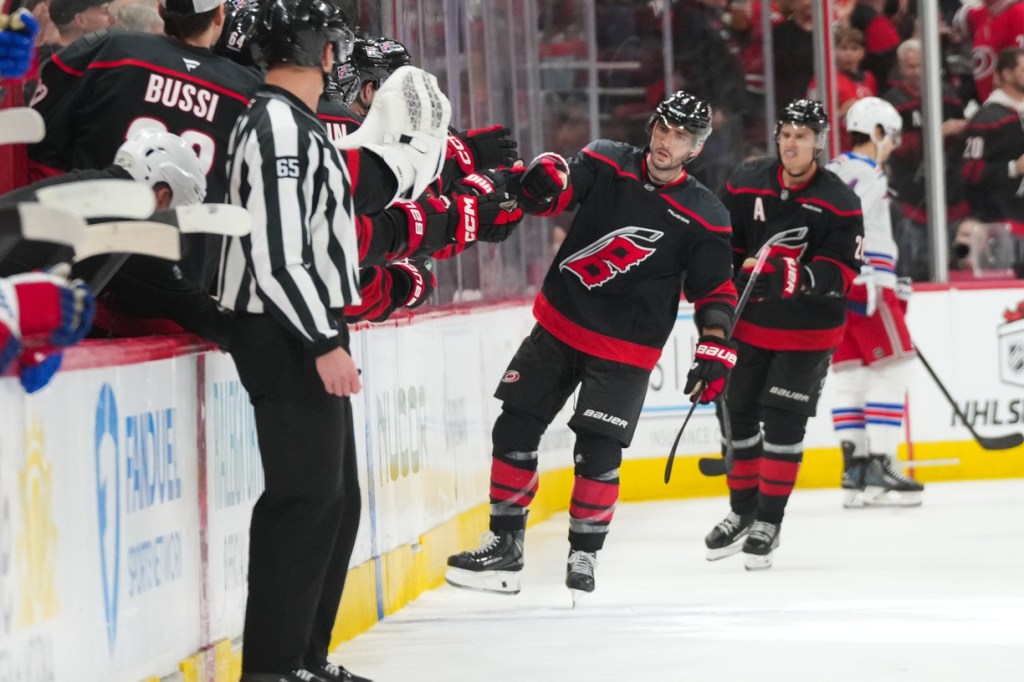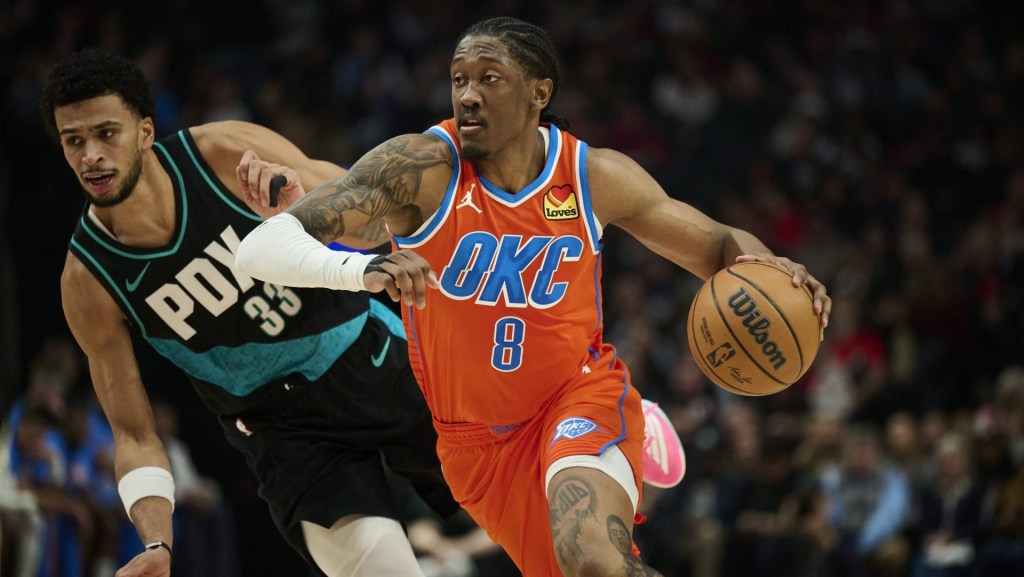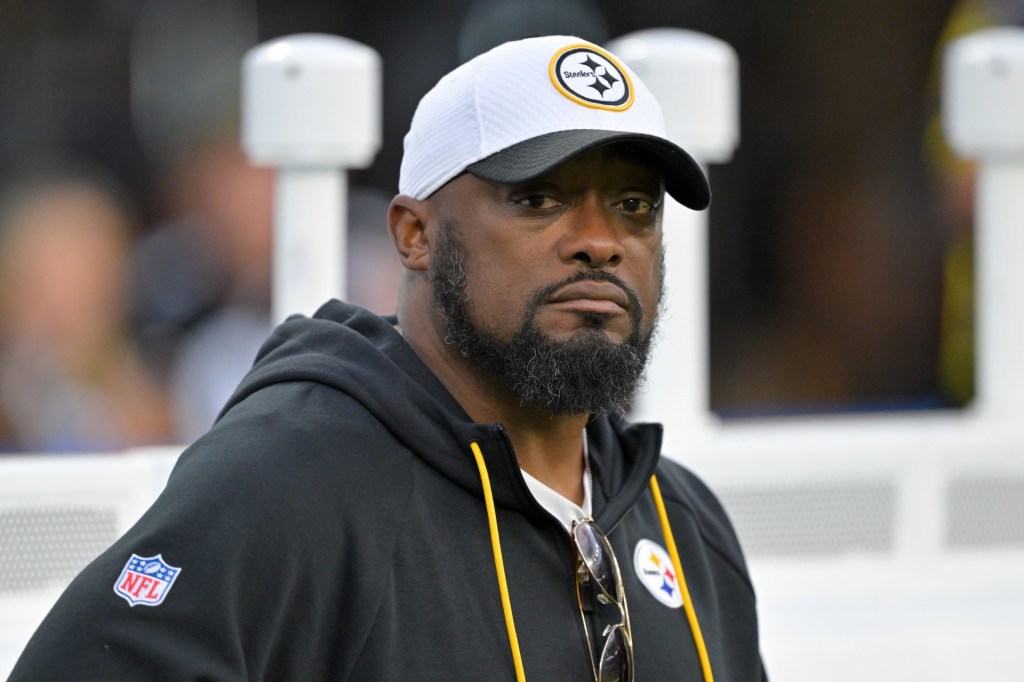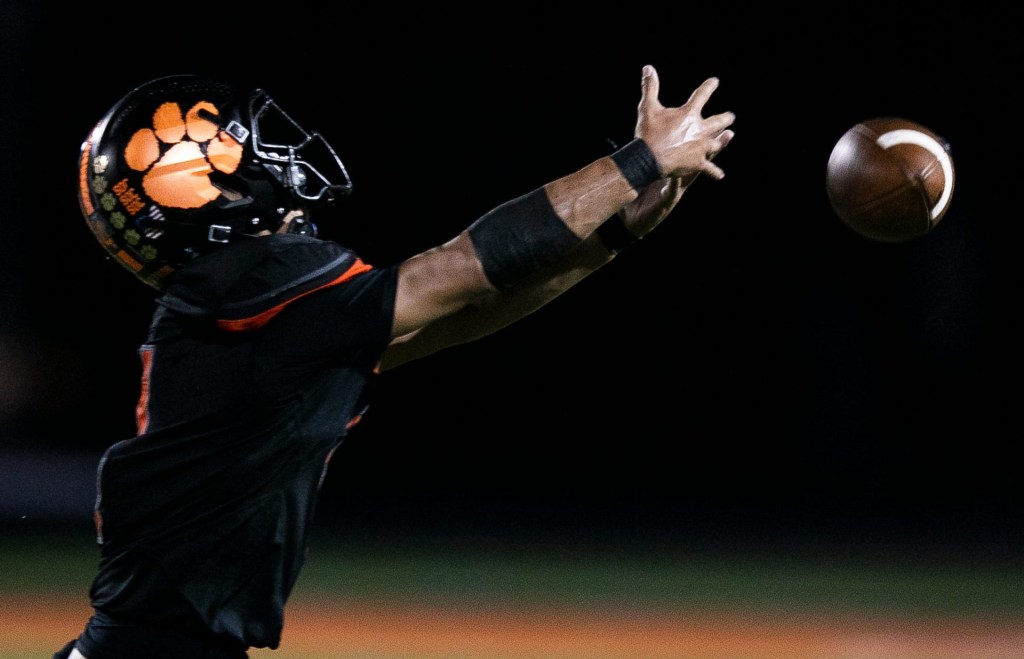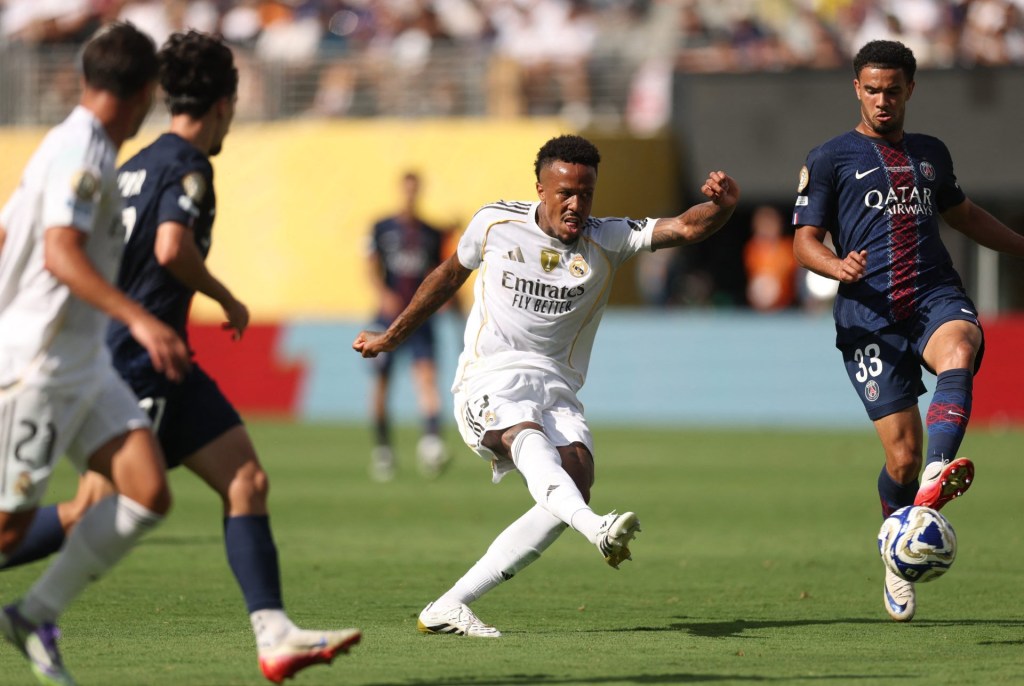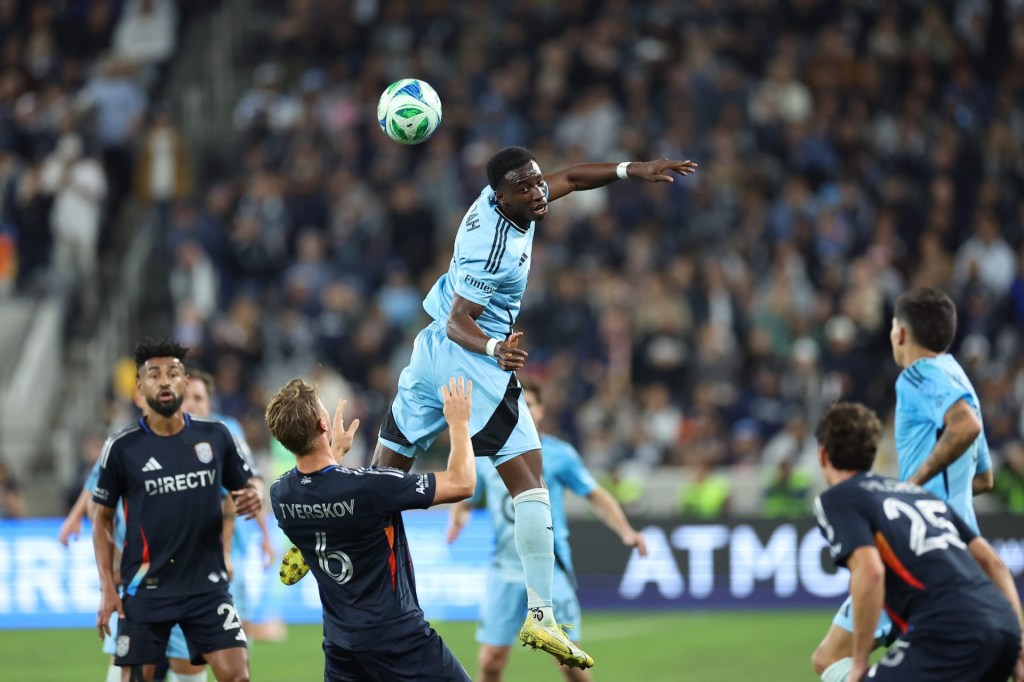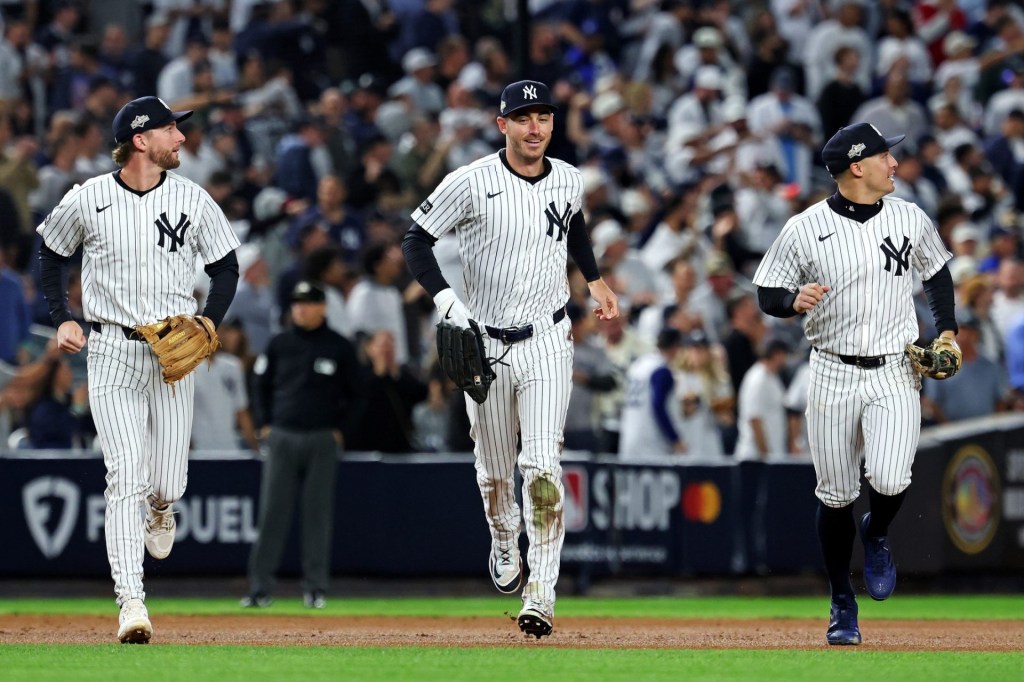INDIANAPOLIS — Tyler Beadlescomb has a view of the Gainbridge Fieldhouse parking structure from his office. He and the rest of the Pacers Sports & Entertainment (PS&E) staff park their vehicles on the fifth floor, but fans are allowed to park there on Pacers and Fever game days.
Last year, he started to notice the fifth floor would begin to fill up five hours ahead of Fever games with fans hoping to catch a glimpse of rookie Caitlin Clark.
“That was never the case before, even for big Pacers games. Like the [NBA] conference finals coming up, you’re not going to see the top of that garage full five hours before a game,” Beadlescomb, PS&E’s SVP of marketing and content, tells Front Office Sports.
The mass of early-arriving fans led PS&E to change its arena’s open-door policy from an hour to 90 minutes before tip-off. “We needed more time just to let them all through—and because our team store is packed,” Beadlescomb says.
Clark’s first season changed the entire WNBA as the league set viewership, attendance, and merchandise records. But the Fever were at the center of it all, and, in many ways, have surpassed even their much older co-tenants in terms of popularity.
“The Pacers audience has become much larger this season, but even still, not even close to similar levels as the Fever,” Scott Agness, a Fever and Pacers beat reporter for “Fieldhouse Files,” tells FOS.
This weekend, Indianapolis is the center of the basketball universe. The Pacers of course host the Knicks in Game 3 of the Eastern Conference finals, as they seek their second-ever Finals appearance and first title. But the Fever, hosting the defending champion Liberty in a regular-season game, are just as much a part of the conversation.
The Fever averaged 17,036 fans in 20 games last year, slightly higher than the 16,718 for the Pacers during the 2024–25 regular season.
According to TickPick, the average purchase price for Fever tickets ahead of the 2025 season was $149, up from $79 last year. That’s more expensive than the average purchase price of both the Pacers’ regular-season games ($72) and first two playoff rounds ($131).
National TV ratings are comparable: The Pacers averaged 1.08 million viewers across nine regular-season games on ESPN and TNT this year, a number the Fever passed for 18 regular-season games last year. The Fever’s season opener last Friday against the Sky drew 2.7 million viewers on ABC, the most-watched WNBA game ever on ESPN platforms, and more than any Pacers regular-season game this year.
The Pacers’ playoff viewership is still higher at 3.59 million viewers through its first seven playoff games on ESPN and TNT, while the Fever averaged 2.2 million viewers for two playoff games last year on ABC and ESPN.
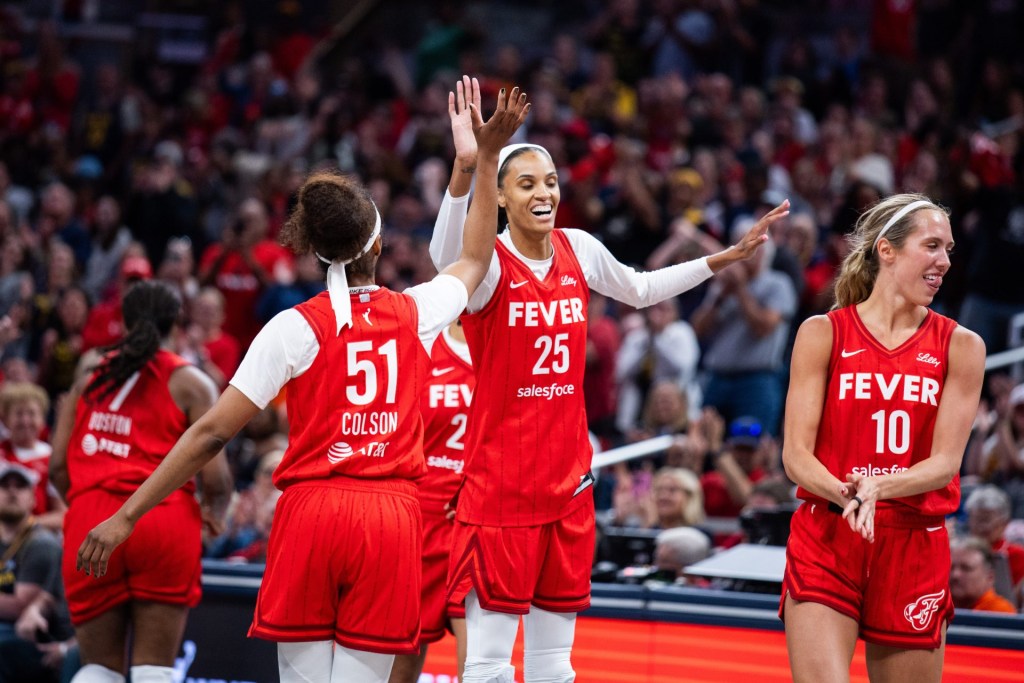
The difference is in the global brand. The Pacers are known internationally because of the NBA’s decades-old presence, while Clark has only recently helped the Fever become the WNBA’s most recognizable name worldwide.
According to PS&E, fans from 44 countries and all 50 states traveled to Indiana to watch the Fever last year. And more than half of the tickets purchased were from fans outside of Indiana.
The Fever have also seen their social media engagement grow 55 times since 2022, two years before Clark was drafted, were the No. 1 team across all major U.S. sports in Facebook video views in 2024—and, on Monday, became the first WNBA team to pass one million followers on its social media website.
The Fever lucked into Caitlin Clark at the top of the 2024 WNBA draft, but PS&E and owner Herb Simon have long been preparing and investing in women’s basketball.
Simon founded the team in 2000, and while the Fever saw success from the mid-2000s to 2010s led by franchise legend Tamika Catchings, they missed the playoffs from 2016 to 2023. The team struggled to attract fans, especially when it temporarily played games at Butler University’s Hinkle Fieldhouse and the much smaller Indiana Farmers Coliseum due to renovations.
In 2022, when only five games were played at Gainbridge Fieldhouse, the Fever averaged just 1,776 fans per game, according to Across the Timeline, last in the WNBA. The team also finished dead last in the standings in 2021 and 2022.
“[Simon] was there when there was uncertainty with the league, when many were wondering if this franchise would be sold—and we would probably have understood at the time. He saw this through,” Agness says.
Simon didn’t sell the team, and he was even part of a key $75 million capital investment the WNBA raised in 2022. Simon and PS&E announced a $78 million state-of-the-art practice facility for the Fever in January that will be ready by 2027.
Not only is the team’s business booming, but the Fever are expected to compete for a championship for the first time since they made the 2015 Finals. The Fever added veterans like DeWanna Bonner and Natasha Howard in the offseason to a young core featuring Clark, Aliyah Boston, and Kelsey Mitchell.
Simon took a slightly different approach with building the Pacers—a team he’s owned since 1983. As NBA franchises have resorted to tanking—or deliberately losing—to have better draft positioning, the Pacers have built from the middle.
Since 1990, the Pacers have won 30 or more games in every season but one and never had a top-five draft pick. They didn’t even have a top-10 pick until they selected Bennedict Mathurin No. 6 in 2022.

Indiana found its draft gems in the middle of the first round (Reggie Miller at No. 11 in 1988, Paul George at No. 10 in 2010). For its current roster, the Pacers acquired their two best players—Tyrese Haliburton and Pascal Siakam—via trade, and both committed to long-term deals soon after they joined the team.
The strategy has not led the Pacers to an NBA championship (the franchise has three ABA titles), but they are one of the most consistent teams in the league, making 10 Eastern Conference finals since 1990 (27.8% rate) and the NBA Finals in 2000.
“Pacers hysteria is as high as it’s been in more than a decade. When you combine Pacers and Fever, we’re going to have basically an [Indiana basketball] game every day for 10-plus days,” Agness told FOS ahead of the Fever season opener on May 17.
As popular as the Fever have become, it’s unlikely they can immediately bridge the valuation gap with the Pacers. The WNBA is about a third of the age of the NBA and has only recently found its footing as a league.
The Pacers were valued at $3.6 billion by Forbes last year, while reports indicate the next WNBA expansion team is expected to be valued at around $200 million to $250 million—though the Liberty recently raised capital that valued the team at $450 million, according to The Athletic.
Much of a pro sports league’s revenue comes from media-rights deals. The NBA owns a large portion of the WNBA, and their media deals are tied together. The NBA’s 11-year, $77 billion deal kicks in next year, and the WNBA will receive about $2.2 billion, good for about $200 million per year. The WNBA has the opportunity to bring it to about $3 billion in total with other partners, but the gap between the two leagues is still stark.
Nonetheless, Clark and the Fever have shown that a WNBA team can, at the very least, be measured alongside its NBA counterpart—a notion completely unheard of just two years ago.
